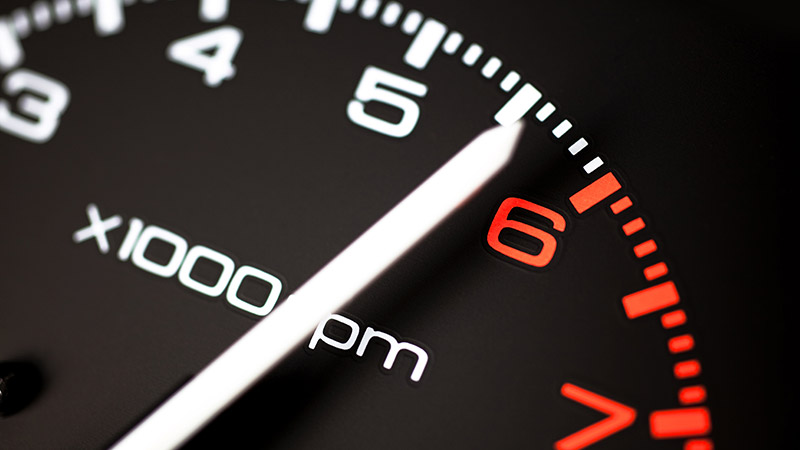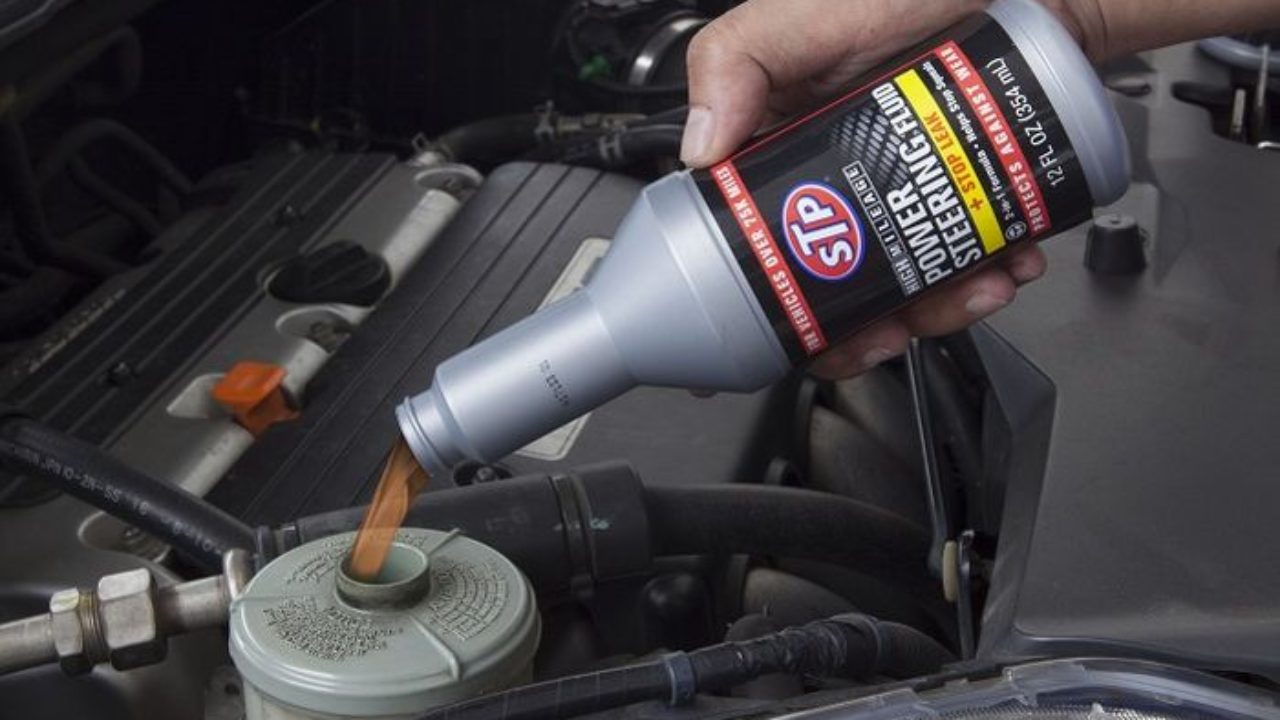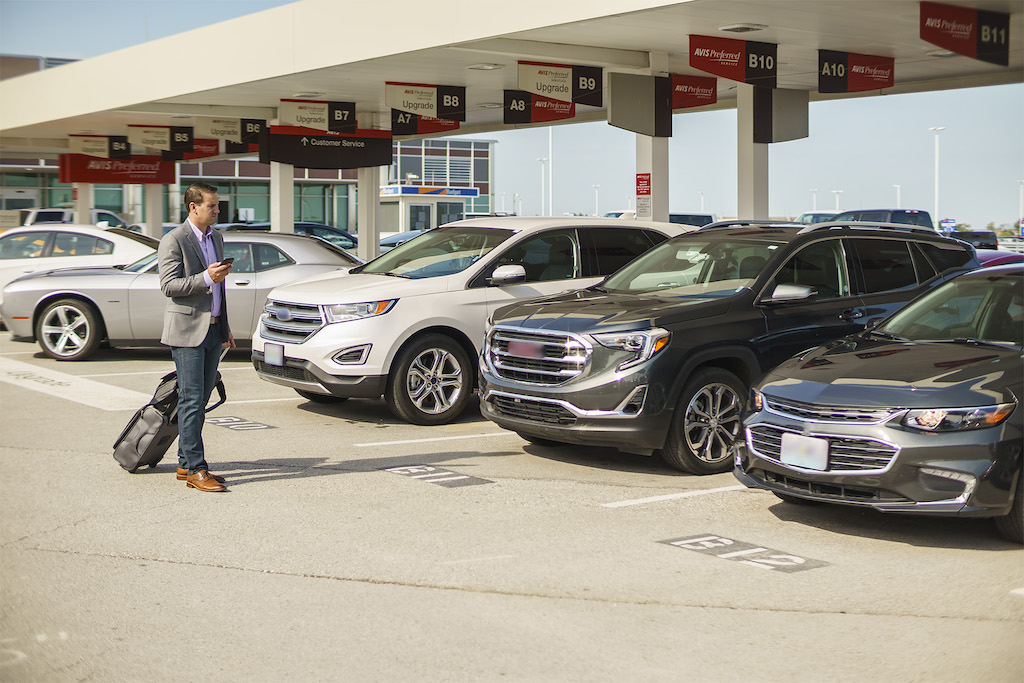The standard abbreviation for RPM in cars is “revolutions per minute.” It’s a measure of how fast the engine is spinning.
The more fast an engine spins the more power it makes. An engine works by burning air and fuel to push the pistons down.
In cars, rpm measures how many times the engine’s crankshaft makes one full rotation per minute, and along with it, how many times each piston goes up and down in its cylinder.
With every rotation of the crankshaft, the connecting rods and pistons take a step up and down within their cylinders. The mechanic who designed the engine decides how far up and down they want them to go at any given rpm setting.
Also Read: 5 Best Jeep Wrangler Light Bars for 2021
As engines grow more powerful, they also hunger for more fuel, which means greater consumption.
The amount of torque an engine produces is also very important because it determines what kind of work it can do.
What’s the average RPM?
When you press the accelerator the car engine rpm increases, as well as the power – up to at least one point. The engine does not necessarily produce its maximum power at its highest rpm.
Engine specifications typically display a peak horsepower figure, followed by 252 hp at 5,600 rpm.
Torque, a measure of the engine’s instantaneous twisting force, typically falls at low rpm and can be found in the range of turbocharged or supercharged engines such as 273-pound-feet at 1,600-4,500 rpm.
Most cars have a tachometer to indicate engine rpm, usually measured in thousands. At the top of the tachometer range is a zone called the redline – usually literally highlighted with a red line. Repairing the engine beyond the red line can cause damage.
This is a real concern only for cars with a manual transmission; Vehicles with an automatic transmission are programmed to shift before the engine speed reaches that point. It also changes depending on how hard you press the accelerator pedal.
In normal driving, the automatic transmission engine produces the best combination of rpm efficiency and sensitivity, making the tachometer unnecessary (although it’s fun to watch).
What RPM should a car drive at?
So as to maintain good fuel efficiency, we have to keep our RPM between 1,500 and 2,000 RPM while driving at a steady speed.
Drivers with manual transmissions need to learn that skill for themselves and the tachometer can help with that.
In newer cars with manual transmissions, the rev limiter prevents the engine from running into the red line, which eliminates potential damage, although sometimes recovery from dramatic interruption and shifting to a higher gear depends on the driver.




